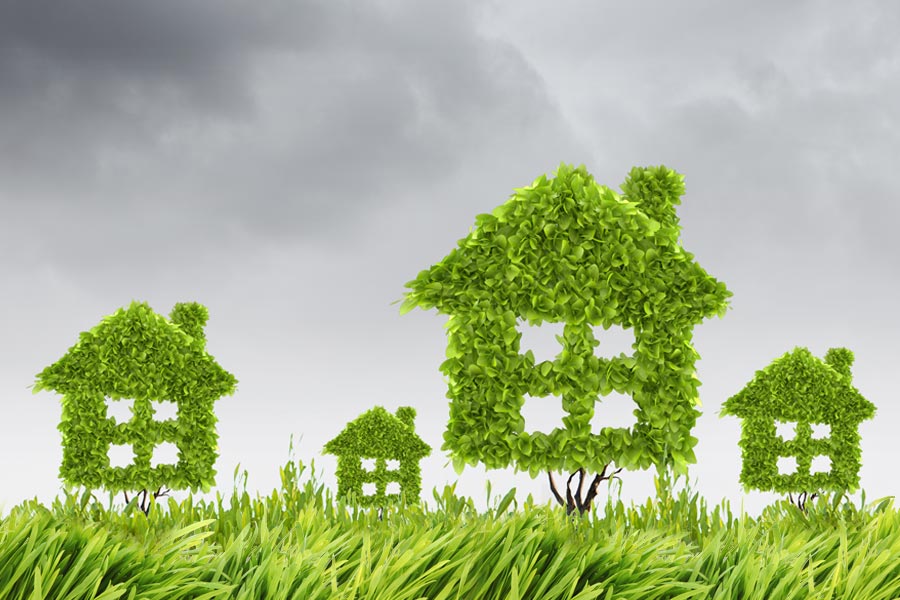April 22, 2019
Benefits of Green Construction

- Siting and design efficiency — the goal is to minimize impact in terms of a building’s location and the surrounding environment.
- Energy efficiency — includes minimizing air leakage with high performance windows and insulation, reducing the need for natural light by maximizing solar gain with strategic placement of walls and windows, and implementing renewable energy sources through solar, wind and hydro power, and biomass. A related objective is to reduce the impact on the electrical grid by reducing peak demand and implementing sustainable energy features such as sufficient indoor thermal mass, good insulation, photovoltaic panels, thermal or electrical energy storage systems and smart building (home) energy management systems.
- Water efficiency — to the extent feasible, facilities should increase their dependence on water that is collected, used, purified, and reused on-site.
- Materials efficiency — building materials from “green” sources are preferred, such as recycled products, materials from certified forests and rapidly renewable plant materials like bamboo and straw.
- Indoor environmental and quality enhancement — Typically, most building materials and cleaning/maintenance products emit gases, some of them toxic, such as many VOCs (volatile organic compounds), including formaldehyde. One objective is to avoid these gases which can have a detrimental impact on occupants’ health, comfort, and productivity. Other objectives include improving a building’s thermal quality with improved airflow and personal temperature control and using hypo-allergenic building materials such as wood.
